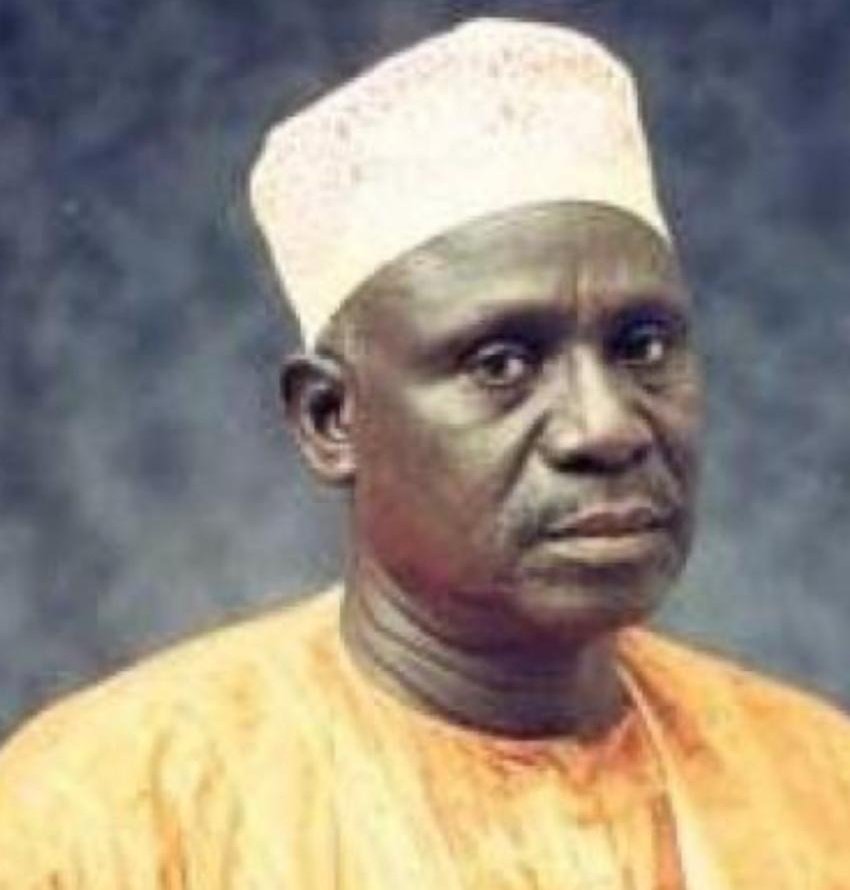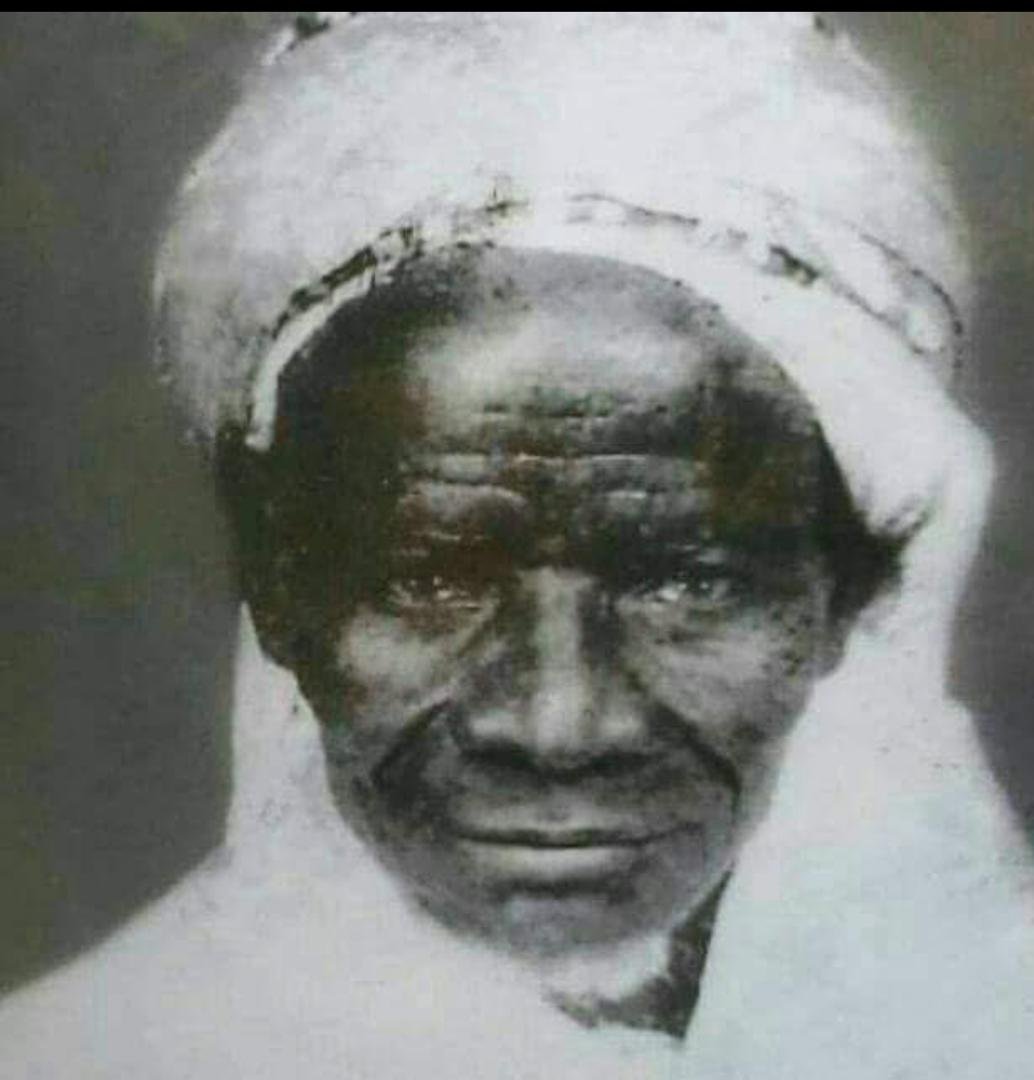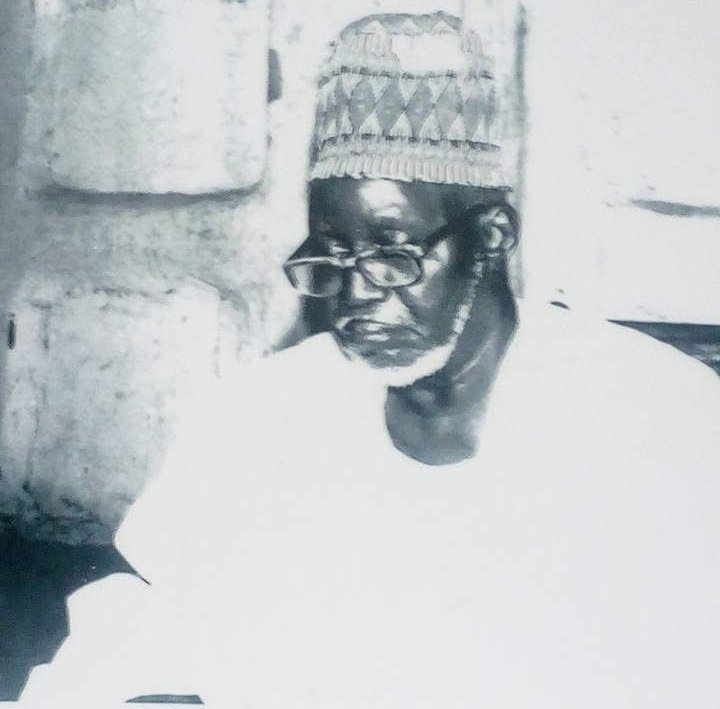A Village of Identity and Ambition
Sédo Sébé: the largest of the 9 Wolof villages in the Matam region
A Panoramic View of a Village in Full Transformation
Discover Sédo Sébé from a new perspective through this panoramic video that captures the very essence of the village. Nestled in the heart of the Matam region, Sédo Sébé unveils itself in all its splendor: its homes, infrastructures, natural spaces, and vibrant community spirit.
This aerial view immerses you in the daily life of a village undergoing transformation, where tradition and modernity coexist harmoniously. Each image showcases the development efforts led by its residents and diaspora, contributing to the improvement of educational, hydraulic, and social infrastructures.
Let yourself be carried away by this aerial journey over Sédo Sébé, a reflection of a united community, firmly focused on the future.
1. General Overview
Sédo Sébé is a historic Wolof village located in the Matam region, in the northern part of Senegal. Positioned 3 kilometers from the National Road N2 and 27 kilometers from Ourossogui, it stands out for its dynamism, its strong ties to traditions, and its commitment to development.
Thanks to the solidarity of its diaspora and the strength of its community, Sédo Sébé has established itself as a model of resilience and ambition. Today, it continues its transformation with major projects aimed at improving infrastructure, services, and the quality of life for its residents.
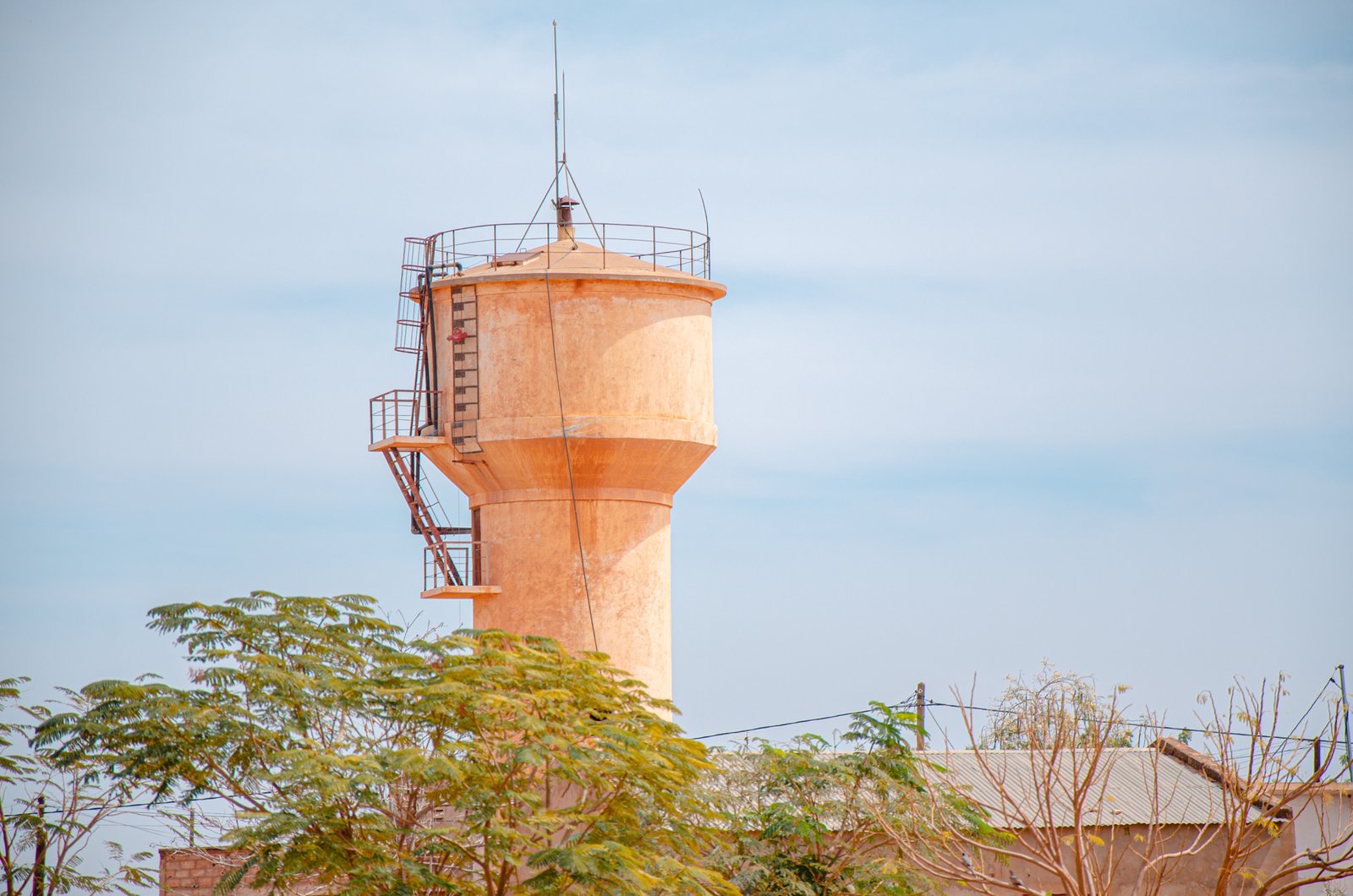
2. A Strong Historical Heritage
The history of Sédo Sébé dates back several centuries. The village is believed to have been founded by Wolof communities from the Djolof region, who settled around the Deeg Sédo swamp. This vital water source facilitated their settlement and the development of agriculture and livestock.
The name “Sédo” comes from the Wolof word “Seede,” meaning “witness,” referring to the first inhabitants who invited other families to join this prosperous land.
Seasonal migrations and emigration to the major Senegalese cities, and later to Europe (France, Italy, Spain), have shaped the village, which today benefits from a significant international solidarity network.
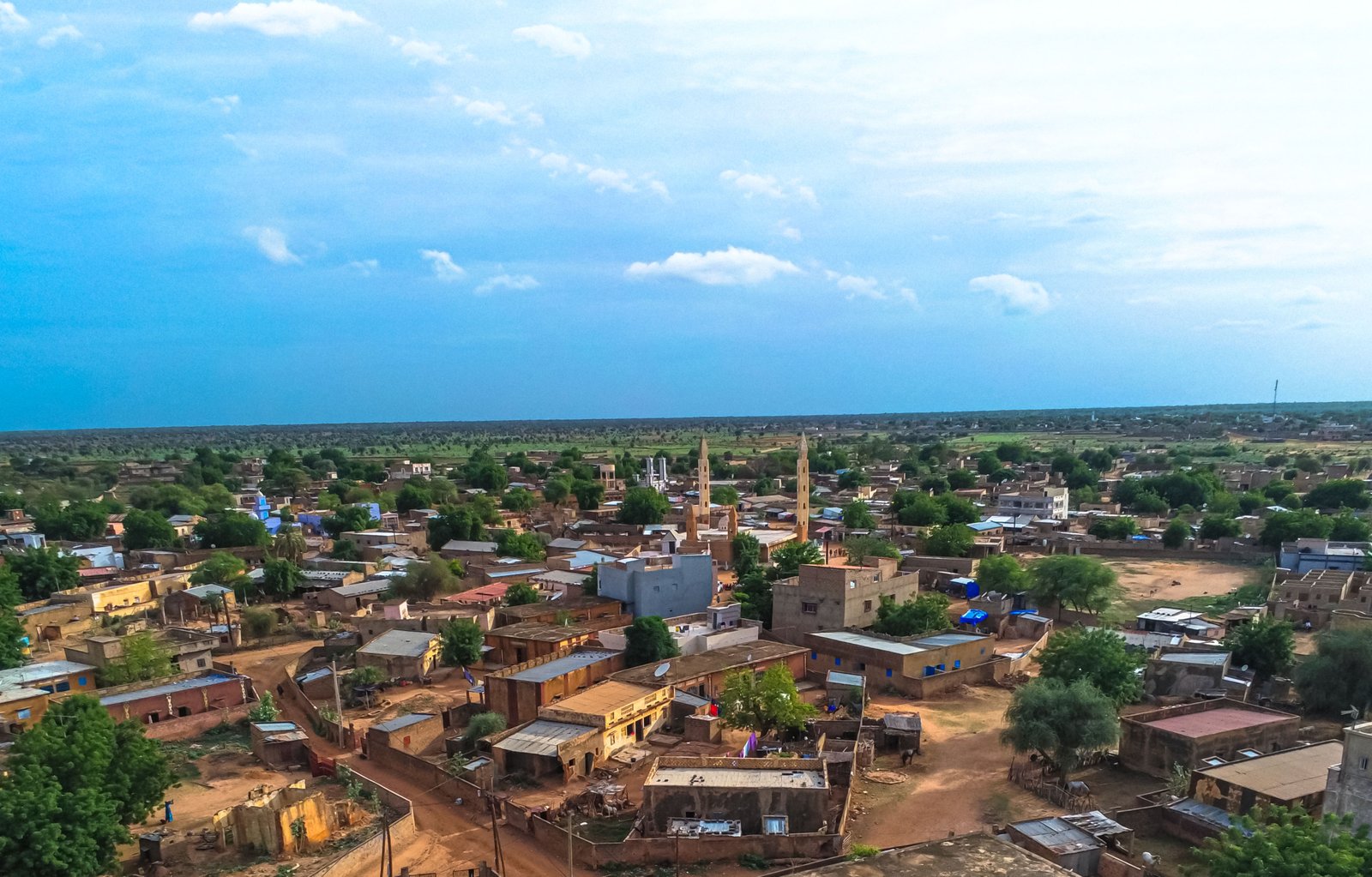
3. A Structured and Rapidly Expanding Locality
With an estimated population of around 6,500 inhabitants, the village is experiencing continuous growth and relies on key infrastructure for its development.
The village boasts several essential infrastructures:
Education
3 primary schools (Sédo 1, Sédo 2, Sédo 3)
1 middle school and 1 high school
1 Franco-Arabic school
1 daycare facility
Water Access
1 operational borehole and 1 borehole pending service
2 water towers, partially funded by the diaspora
However, challenges remain, including the improvement of the water distribution network, the paving of the dirt road, and the full electrification of educational and healthcare infrastructure.
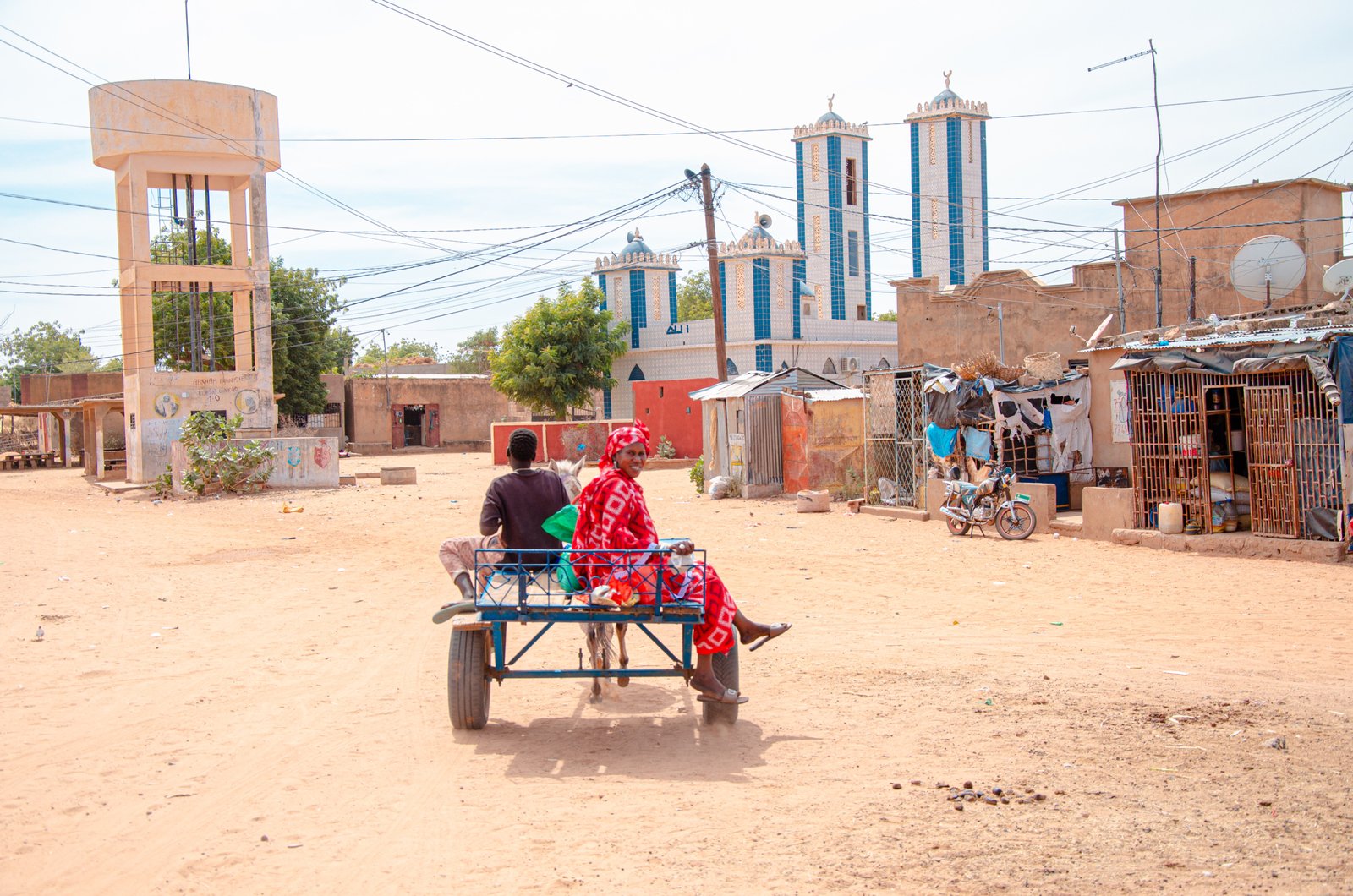
4. A Diaspora Driving Development
Migration as a Key Factor in the Development of Sédo Sébé
Emigration has been a key factor in the development of Sédo Sébé. Since the 1970s, the diaspora, with nearly 2,000 nationals (1,400 active members), has played a central role in financing and implementing major projects, particularly through the International Association of Sédo Sébé Nationals (AIRSS), founded in October 1977.
Achievements of AIRSS
Construction and renovation of schools
Extension and modernization of the drinking water supply network
Purchase of an ambulance and equipping the health center
Establishment of a community nursery for reforestation
Launch of the Sédo Vert project to combat desertification
Development of sports and cultural infrastructures
Despite these achievements, the paving of the road connecting Sédo Sébé to the RN2 remains a priority for the village’s integration and economic growth.

5. Challenges and Investment Opportunities
While Sédo Sébé has embarked on a remarkable transformation, several challenges continue to impede its growth:
Road Paving: Improving road infrastructure to enhance accessibility and facilitate trade.
Strengthening the Local Economy: Expanding the local economy to create job opportunities, particularly for young people.
Access to Technology and Digital Resources: Ensuring access to new technologies for education and entrepreneurship development.
With its economic and demographic potential, Sédo Sébé has the opportunity to become a key development hub in the region. To fully realize this potential, support from Senegalese authorities, institutions, and partners is crucial.

6. Sédo Sébé: A Vision for the Future
Sédo Sébé is a village undergoing significant transformation, driven by a rich history, an engaged population, and a dynamic diaspora. With an ambitious vision and impactful projects, it aims to become a model of excellence in rural and community development.
Why Invest and Get Involved in Sédo Sébé?
A Territory with Great Potential: The village is rich in resources, strategically located, and offers ample opportunities for growth.
A Young and Dynamic Population: With a young, active population, Sédo Sébé is poised for growth and innovation.
An Ideal Environment for Economic and Social Initiatives: The village provides a conducive environment for business development, social projects, and community engagement.
Sédo Sébé is ready to accelerate its transformation. Together, let’s make this village a model of prosperity and sustainable development.
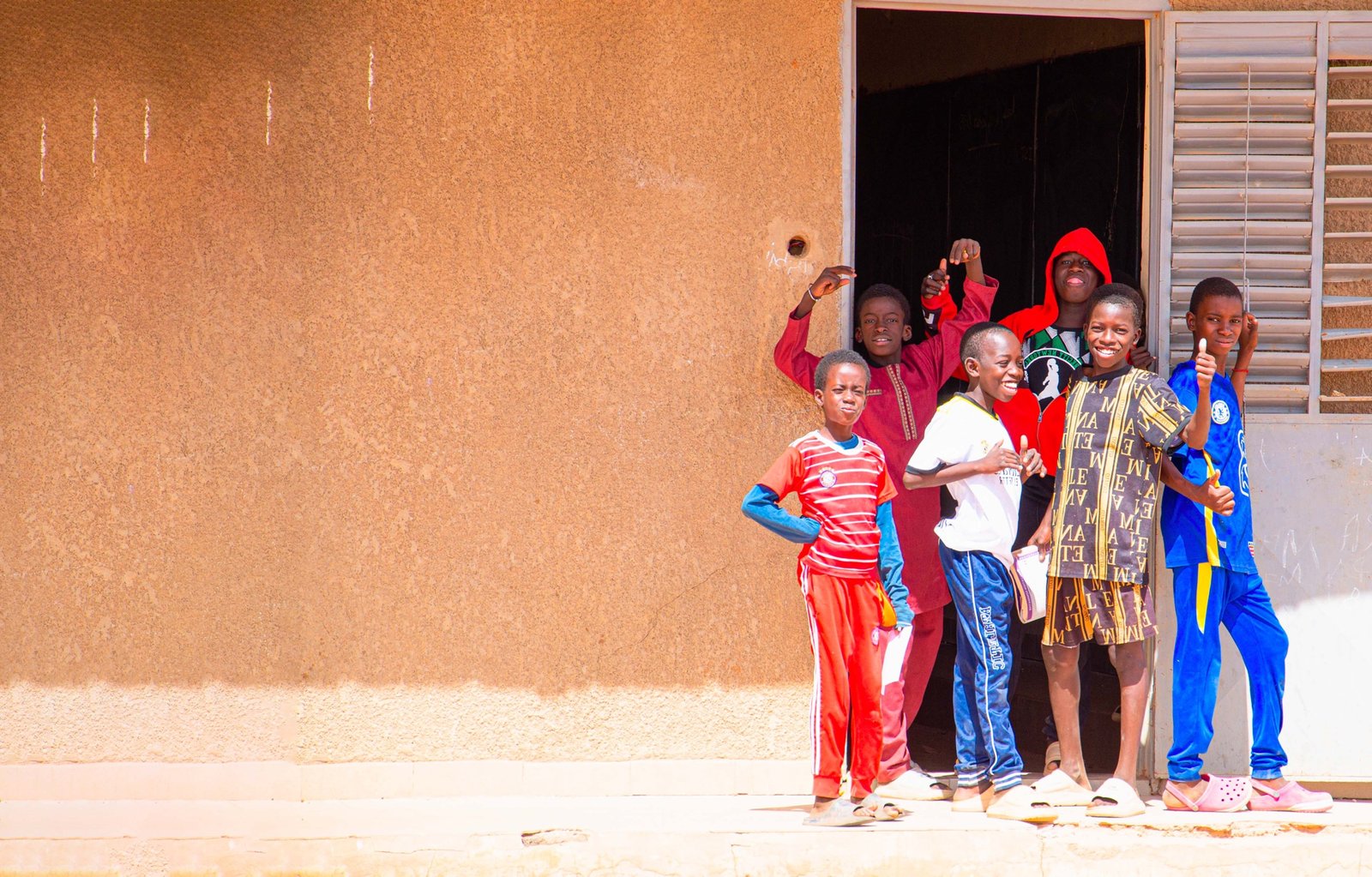
Spiritual Heritage and Community Guides
Religious Figures of Sédo Sébé
Through the centuries, Sédo Sébé has witnessed the emergence of scholars and religious leaders who have marked its history and shaped its spiritual identity. These emblematic figures played a decisive role in transmitting religious knowledge, providing spiritual guidance, and fostering the socio-cultural development of the village. This section honors them by tracing their journeys and their impact on the community.
These religious figures have shaped the history of Sédo Sébé and continue to inspire new generations. Their devotion to knowledge, faith, and justice remains a living legacy that continues to guide the community today.
A great scholar of Sédo Sébé, he marked his time through his knowledge and religious teachings.
Advisor to presidents, religious leader, he made his mark through his commitment.
As a teacher and Imam, he was a model of religious knowledge transmission.
Arriving in Sédo Sébé in 1935, he became a spiritual guide and Imam of the great mosque.
Disciple of Elhadji Abdoulaye NIASS, he trained generations in religious knowledge.
Cadi of Nguénar for 49 years, he was a pillar of Islamic and spiritual justice.



